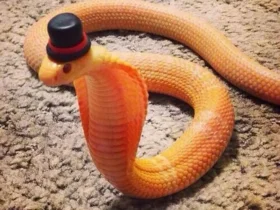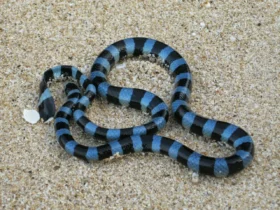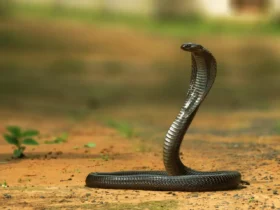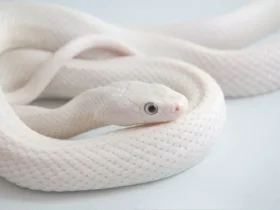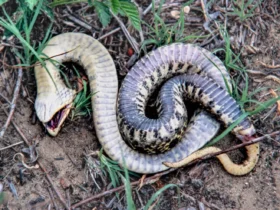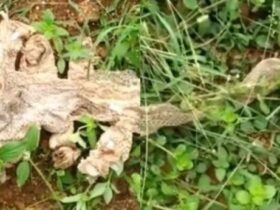Have you ever come across the fascinating story of ‘Nagamanikyam’? This legendary gemstone, believed to be formed inside a cobra’s head, has captivated the attention of fraudsters for a long time. According to the tale, the cobra spits out the gem on nights of full moon and black moon while offering prayers to the divine. Seizing the opportunity, the Nagamanikyam hunter cunningly hides the stone beneath a mound of cow dung. When the snake completes its prayer and fails to locate the stone, it supposedly dies of sorrow, leaving the pursuer with the invaluable gem. Of course, after retrieving the stone from the dung, it is washed in milk and rosewater for purification.
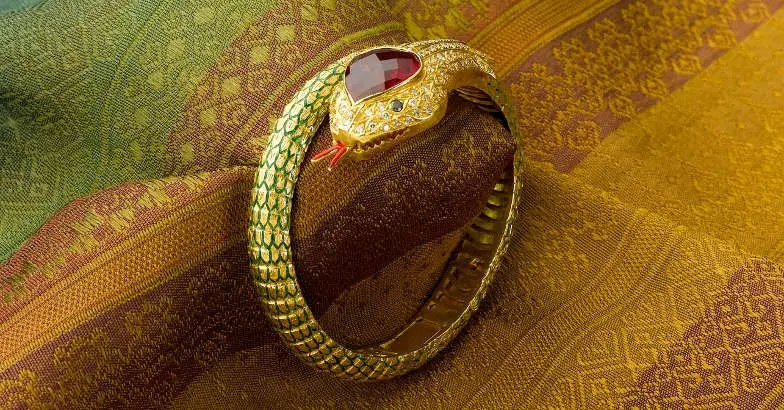
Described as being as big as a cherry and shining like a cod-liver-oil pill, the Nagamanikyam emits a radiant red glow during the night. People who fall for these enticing descriptions end up paying exorbitant amounts, sometimes up to Rs 50 crore, to possess the stone. Dealers, lured by the prospect of quick money, set up camp in luxurious hotels, targeting the greed of customers. They claim to source Nagamanikyam from tribesmen residing in Wayanad, Idukki, and Palakkad districts.
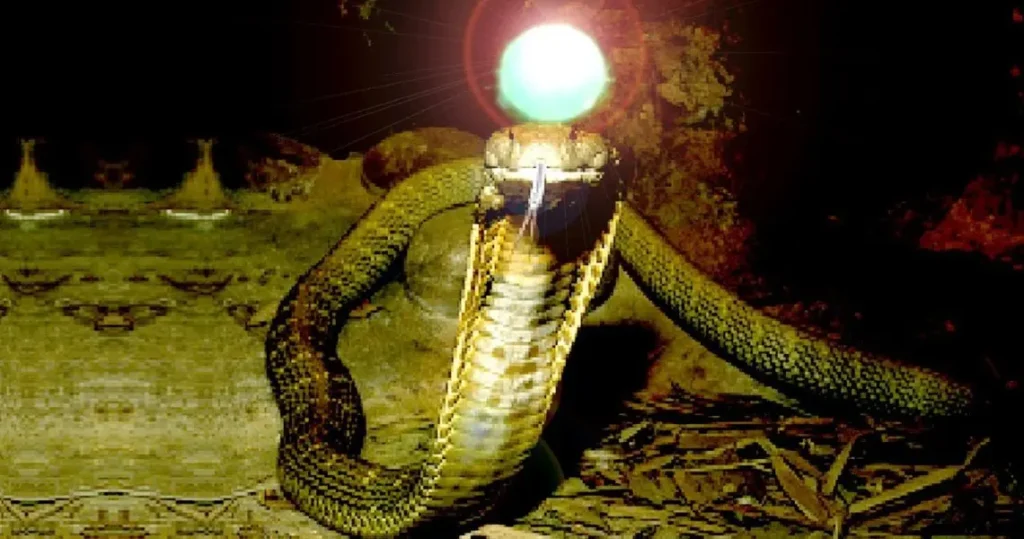
Consider these advertising claims: a popular Bollywood actor starts his day by drinking water from a glass containing Nagamanikyam, while a wealthy liquor baron places the gem in his premium drink before indulging in it. Furthermore, several movie stars in Kerala supposedly keep Nagamanikyam in their lockers, and billionaires worldwide are believed to owe their wealth to this gem. Even if you cannot afford to own the stone, a single glance at it is said to work wonders, with prices ranging from Rs 5,000 to Rs 25,000, depending on negotiation.
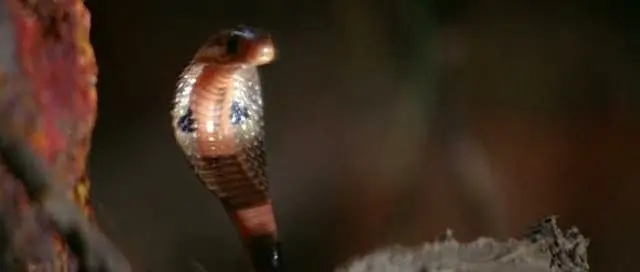
This elaborate fraud likely originated from a mythical tale. In Kottarathil Sankunni’s renowned work ‘Aithihyamala,’ he narrates the story of “Pambummekkatt Namboodiri,” who encounters a sage near a sacred temple pond after the evening puja. When the curious Namboodiri inquires about the sage’s identity, the latter suggests minding his own business. However, the Namboodiri notices a shimmering red object in the sage’s hand. The sage claims it to be Nagamanikyam and offers the Namboodiri the chance to touch it. Later, the Namboodiri realizes that the visitor was the sacred serpent Vasuki.
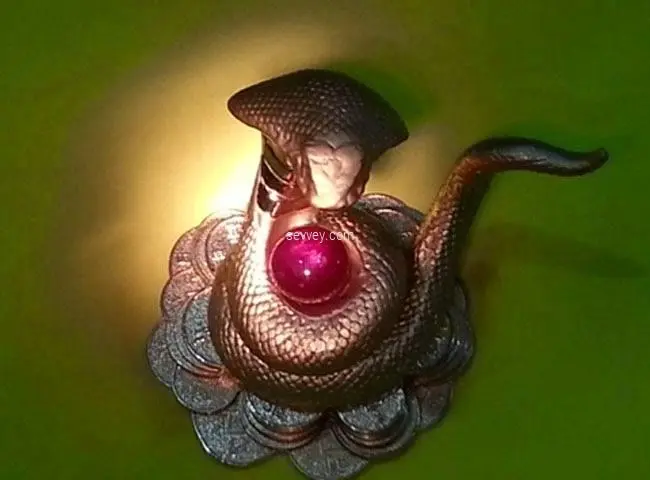
Subsequently, Vasuki and the Nagayakshi pay a visit to the priest, presenting him with the Nagamanikyam and instructing him to keep it in his house. This marked the establishment of the first serpent-dedicated temple in Kerala.
In reality, Nagamanikyam does not exist anywhere except in this tale. A cobra’s sac, mouth, or hood does not contain any precious stone. Regardless, this fictional gem has enriched a few unscrupulous individuals while leaving many gullible people in poverty.
The Nagamanikyam displayed in luxurious hotel rooms are mere illusions and sleight of hand. Customers are shown a synthetic ruby placed in a jewelry box with a hidden LED bulb beneath it. When the LED bulb is switched on in dim lighting, the artificial stone appears to shine brightly.
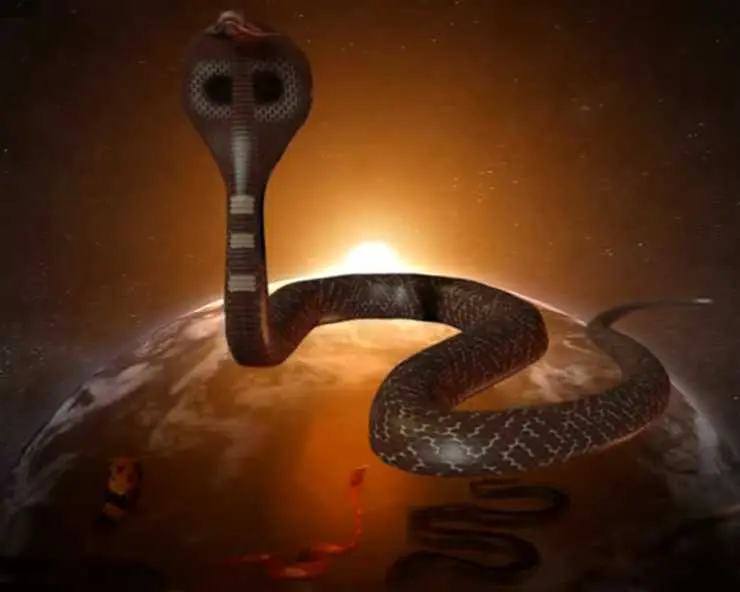
Gem testing laboratories worldwide recognize only two animal-derived stones: pearl and red coral. Amber, on the other hand, is a fossil formed from the resin of coniferous trees. No one has ever tested a Nagamanikyam, but the fraudsters continue to sell it.
Another fraudulent gem on the market is the cheaper ‘Aran

